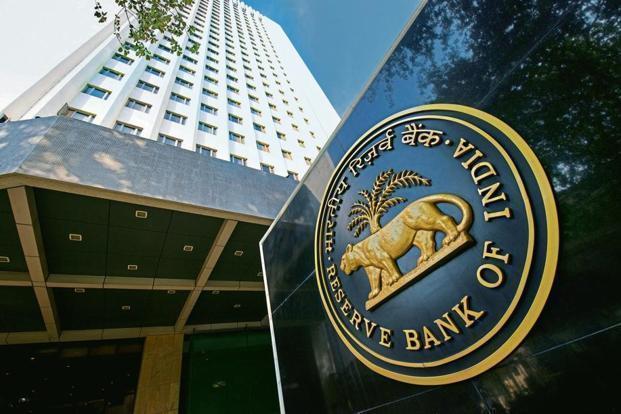The six-member expert committee led by Bimal Jalan to review the central bank’s excess economic capital has recommended nominal transfer of surplus reserves to the central government in a phased manner over the period of three to five years. “The report has proposed a formula for a nominal transfer of a portion of the RBI’s reserves to the central government in a period of three-five years. This is in line with the current practice being followed by the RBI for transferring dividend annually,” said a person close to the development.
Previously, former Chief Economic Advisor to the Government of India, Arvind Subramanian has argued that RBI holds an excess reserve of 5.7-7.9 lakh crore rupees. In a paper published in India’s premiere journal Economic and Political Weekly (EPW), Subramanian reasoned that “The RBI has an unusually high level of capital. If the choices made by other central banks are used as a benchmark, the RBI appears to have a minimum of Rs 5 lakh crore in excess capital.” The paper was titled as ‘Paranoia or Prudence? How much capital is enough for the RBI?’
Abhishek Anand, a research officer, Economic Division, Ministry of Finance; Josh Felman, Director, JH Consulting; Navneeraj Sharma, an independent researcher were other contributors to the research paper.
The research paper suggested that alternative analysis could suggest even greater excess reserve. “An alternative cross-country econometric analysis suggests that the excess capital is even greater, between Rs 5.7 lakh crore and Rs 7.9 lakh crore,” read the paper. The paper argued that RBI’s capital to assets ratio is substantially higher in comparison to central banks across the world. The global media for a central bank’s capital to asset ratio is 8.4 percent while RBI has kept 28 percent in its pocket.
Subramanian was not the first to argue that the RBI is holding excess capital. Earlier Christopher Wood, chief strategist at the investment group CLSA compared RBI’s holding to Federal Reserve System, the central bank of United States and argued that RBI’s holding is 30 percent in comparison to 1 percent of Fed. “The RBI balance-sheet is as overcapitalized as the [US central bank] Federal Reserve’s is undercapitalized” said Wood.
Most of the central banks hold 13-14 percent of assets as reserves while Reserve Bank of India holds 27 percent. The total reserve with Reserve Bank of India is around 9.6 trillion while the foreign assets are worth 26.4 trillion. The expert committee will suggest how much of RBI’s capital could be transferred to RBI. As per Reserve Bank of India communiqué, the committee will submit its report within 90 days of its first meeting.
The government needs money to bridge the gap created due to subsumed market funding for the recapitalization of public sector banks. “Given that the RBI governor has changed, it is quite possible that some additional money could be brought in from the central bank in the form of dividend. Given the tightly packed budget and the government’s stand to maintain its expenditure commitments, it is not in a position to cut down on capital expenditure,” said economic affairs secretary Subhash Chandra Garg.
RBI under Raghuram Rajan and Urjit Patel has been extremely conservative in the transfer of funds. This was one of the two major contention points between the government and RBI, the other being liquidity crisis.
